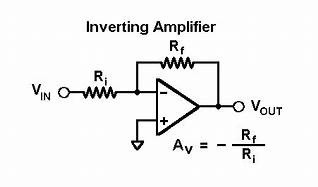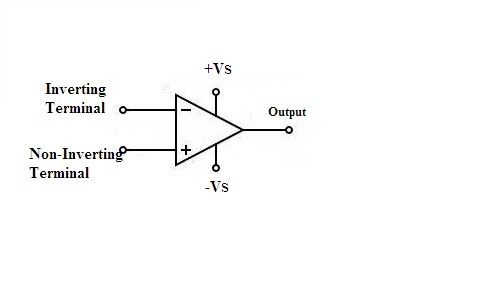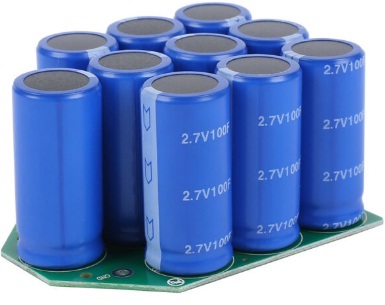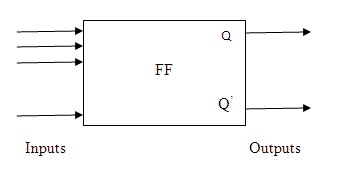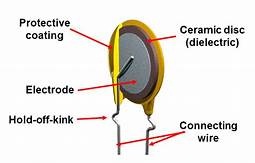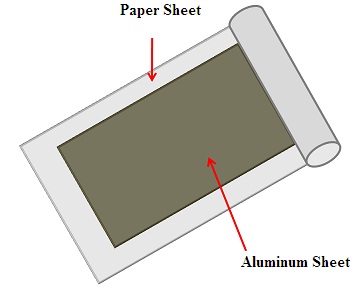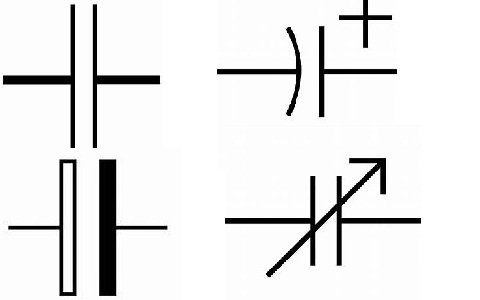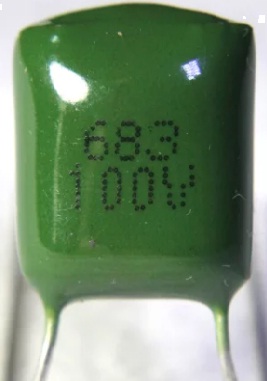Binary Numbering System is the simple representation of decimals in terms of '0' and '1'. The hexadecimal system is the compact way of representing the decimals. When the large values of decimals are considered the representation of it in terms of binary becomes lengthy. The binary system is based on the position of the digits starts from the right-hand side as its first preferred digit. This system dependency on the position value makes this system to refer to as 'weighted or position … [Read more...]
Inverting Amplifier Circuit Working and Applications
Inverting Amplifier Theory Inverting amplifier is one of a simple circuit in which the output is in phase shift with respect to the input. It consists of two input terminals named as inverting and the non-inverting input terminals. As the inverting terminal of it is provided with the input supply it is referred to as inverting amplifier. The output generated after the operation performed this signal is again fed back to the input terminal. In this way, the feedback is provided so that the noise … [Read more...]
What is an Operational Amplifier (Op-amp) : Types and Its Uses
An Op-amp (operational amplifier) is a device that possesses linear characteristics. It is good at the conditioning of the signals as well as is utilized for the amplification of the voltage signals. This is a basic differential amplifier that consists of three terminals. Among these three terminals, two are used for the input and one is utilized for the output. The first terminal at the input is known as the inverting one it is represented by the minus sign. The second terminal at the input … [Read more...]
Super Capacitor Working, Charging Circuit & Applications
Super Capacitor can be considered as the king of all capacitors where in future it might even replace the batteries. These are known for their ‘Double-layer' properties. These are also referred to as the ‘Electric Double Layer Capacitor (EDLC)'. Like a normal capacitor they also consist of two electrodes separated by a dielectric. But here the distance between electrode is very small and the dielectric is only a thin layer of insulating material . The electrode with the insulating material … [Read more...]
What are Flip Flops : Types with Block Diagrams
Flip-Flops are the basic elements of switching circuits whose main purpose is to act like an on/off switch. Based on the memory element switching has been classified as combinational or sequential. Whenever the term of the digital system rises there must be some sequence between the present and passed inputs this can only be achieved by a sequential switching circuit. The processed outputs are based on the present and the previous states in sequential but in combinational it is purely based on … [Read more...]
Ceramic Capacitor Construction, Function, Code and Applications
Ceramic Capacitors are non-polarized and fixed value capacitors. In circuits where a small size of capacitor is required Ceramic capacitors comes into picture. These where intially developed in German as replacement for mica. Before 1920's due to insulating properties of mica it was used as a dielectric material in a capacitor. Later, as there was shortage for mica a paraelectric titanium oxide was used as a dielectric which formed the Ceramic Capacitor. The first Ceramic Capacitor was disc … [Read more...]
Electrolytic Capacitor Construction, Polarity, Types & Applications
Electrolytic Capacitor is one of the kind of General Capacitors. With the motive of achieving the larger value of the capacitance, these capacitors were designed. In this type, the Insulating Material utilized is "Electrolytic". The ions present in this Electrolyte will be high in concentration. The electrolyte chosen is of gel or fluid in type. It possesses 'two terminals' like other capacitors. In this type of capacitor, the terminals of it are polarized. This indicates the existence of … [Read more...]
Paper Capacitor Construction, Working, Advantages and Disadvantages
Paper capacitors are among one of the basic types of capacitors. Generally, in a capacitor the conducting material is separated by the dielectric. Based on the variant that is utilized as dielectric different types of capacitors are formed. The construction of this capacitor is similar to that of other capacitors, for example, plastic capacitors. The only difference between the other capacitors and this capacitor is that the dielectric chosen is of paper type. What is a Paper Capacitor? A … [Read more...]
Capacitor Introduction, Working & Applications
Capacitors are the basic element of any circuit that requires the smoothening of signals. These elements are widely preferred for the blocking of the DC signals. Whenever a capacitor is supplied with the DC voltage the positive charge is settled at one side of the plate. The remaining negative charges are shifted at another plate. In this way, the charges have attained a state of stability. Hence the positive and the negative charges neutrally arranged on the plates. This is the reason when … [Read more...]
Film Capacitor, Introduction, Working, Types, and Uses
Film Capacitor is one of the most popular and widely used capacitors. These possess a difference in their properties of dielectric. In the modern type of film capacitor, there is the ‘direct electrical connection' establishment with the electrodes that are present on both the winding's. This keeps the path of the current to the electrode very short. This capacitor has various benefits like it has very low ESR(ohmic resistance) and ESL(Parasitic Inductance). This can be preferred in various AC … [Read more...]
- « Previous Page
- 1
- …
- 3
- 4
- 5
- 6
- 7
- …
- 11
- Next Page »
